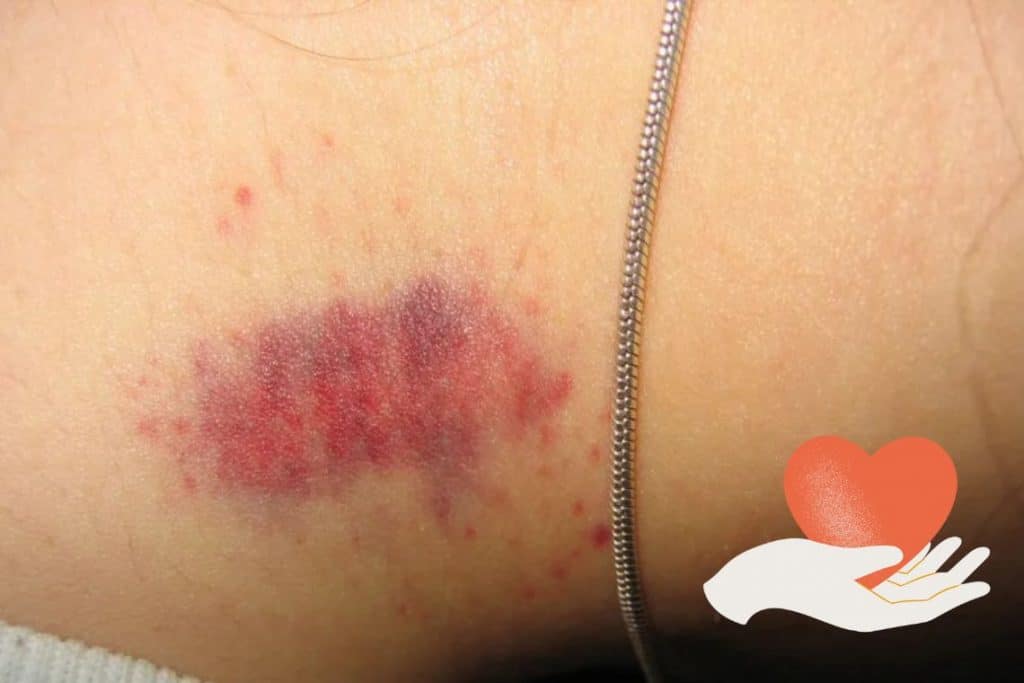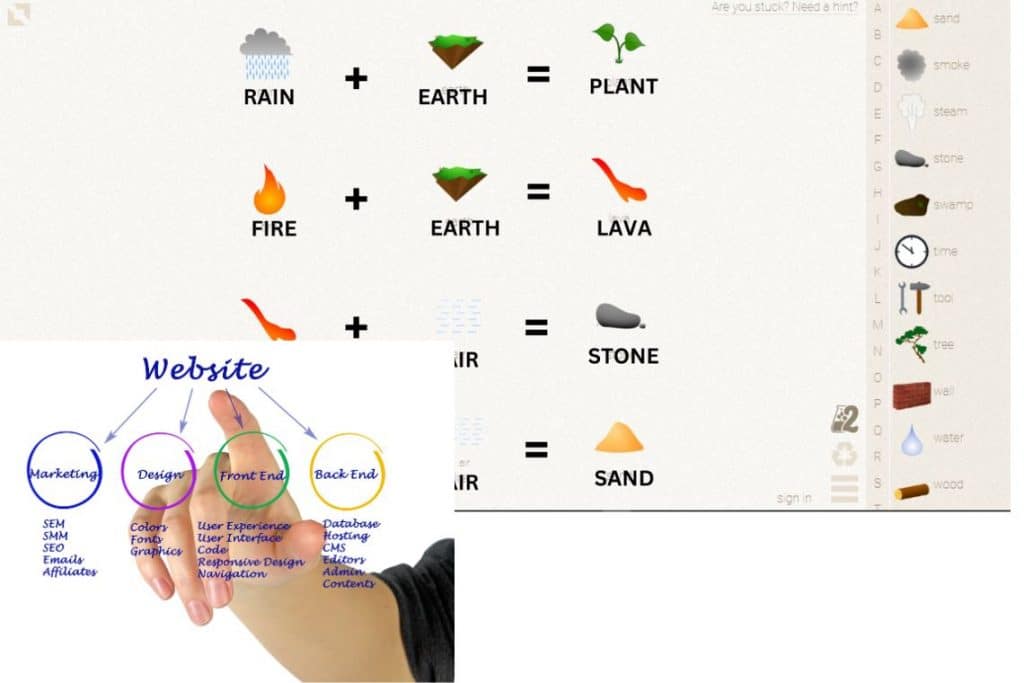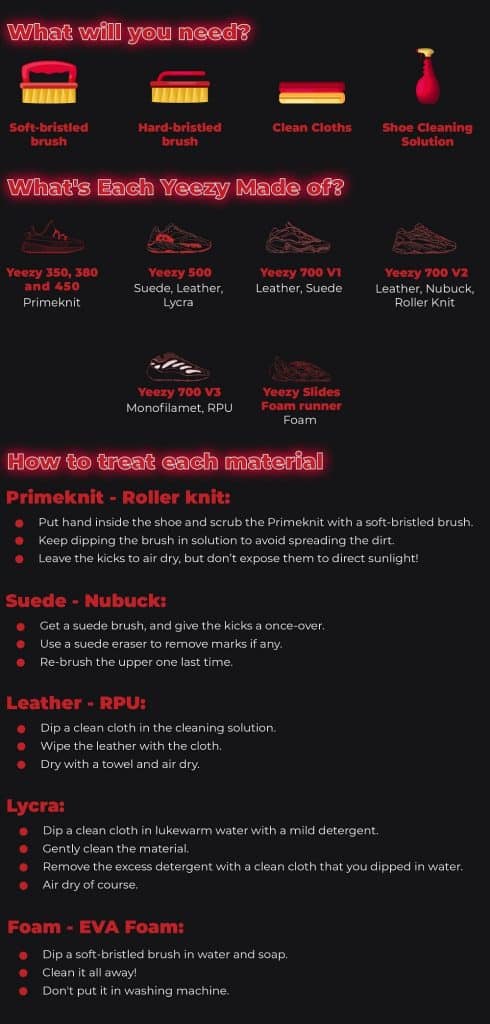How to Draw Breasts – To draw breasts, sketch two overlapping circles for the base shape. Then, add teardrop shapes for the nipples.
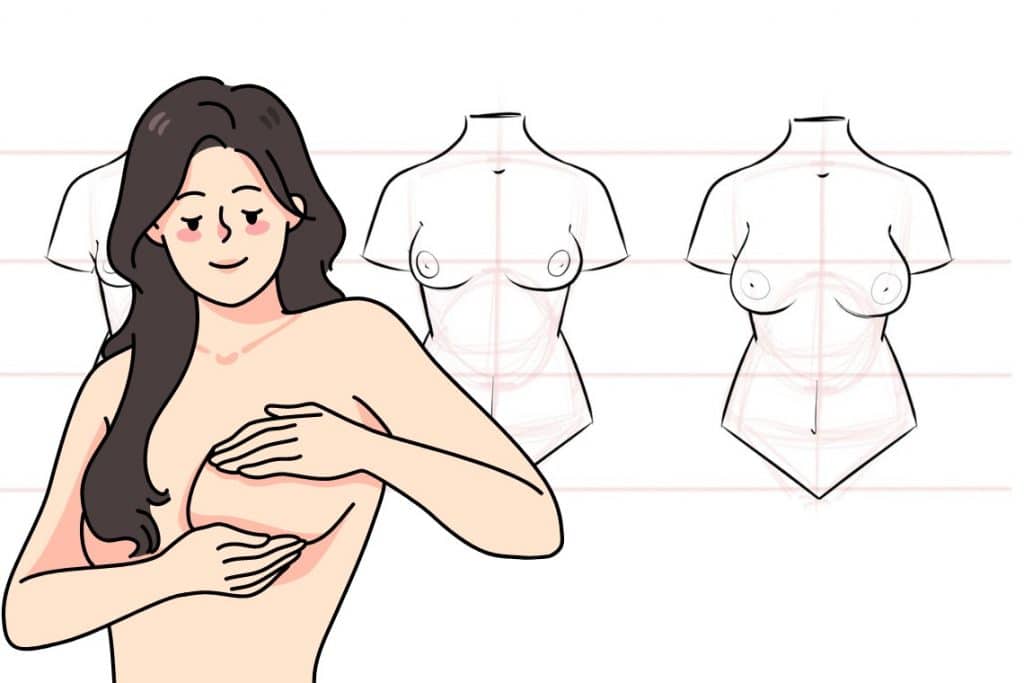
Understanding The Basic Anatomy Of Breasts
Discover the fundamentals of drawing breasts by understanding their basic anatomy. Learn how to depict them with accuracy and precision in your artwork.
The structure and shape of breasts:
- Breasts are composed of glandular tissue, fat, and connective tissue, which determine their overall shape and appearance.
- The glandular tissue, specifically the mammary glands, produces milk during pregnancy and breastfeeding.
- The amount of fat in the breasts varies among individuals and can influence their size and shape.
- The connective tissue, including ligaments, supports and helps maintain the breast’s position.
Different types and sizes of breasts:
- Breasts come in various shapes and sizes, and it’s important to note that no “ideal” size or shape exists.
- Some common breast shapes include round, teardrop, asymmetrical, tubular, and drooping.
- Breast size can range from small to large, with cup sizes determined by the difference between the band size and the fullest part of the breast.
- Genetics, hormonal changes, weight fluctuations, and age can all contribute to breast size and shape variations.
The role of gravity and age in breast appearance:
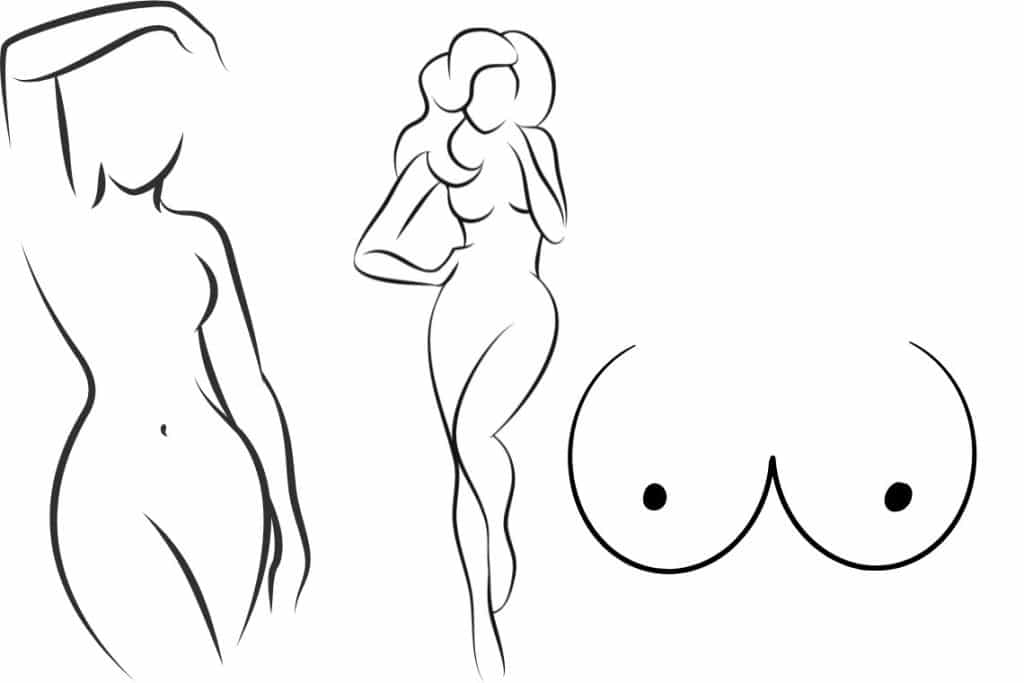
- Over time, the effects of gravity and ageing can cause changes in the appearance of breasts.
- Gravity exerts a constant downward force on the breast tissue, leading to a natural sagging or drooping effect.
- As women age, the skin’s elasticity decreases, causing the breasts to lose firmness and develop more noticeable signs of sagging.
- Other factors, such as pregnancy, breastfeeding, weight loss, and hormonal changes, can also impact breast appearance and contribute to changes in shape and firmness.
Understanding the basic anatomy of breasts is essential for artists looking to depict the female form accurately. By recognizing the structure and shape of breasts, artists can bring a sense of realism and authenticity to their drawings. Remember, every person’s breasts are unique, and capturing the diversity and beauty of different types and sizes of breasts is crucial in portraying the variety of the human body.
Additionally, considering the impact of gravity and age can help artists depict the natural changes over time. By understanding these fundamental aspects, artists can create drawings that celebrate the beauty and individuality of the female form.
Nailing The Proportions
Mastering the art of drawing breasts involves nailing the proportions. You can create realistic and appealing drawings by understanding the curves, shapes, and placement. Immerse yourself in the intricacies, angles, and lines to capture the true essence of the human form.
Ideal Proportion Guidelines For Realistic Breast Sketches
When it comes to drawing realistic breasts, nailing the proportions is crucial. Achieving the right balance and size concerning the rest of the body will result in a more accurate and lifelike sketch. Here are some ideal proportion guidelines to help you create realistic breast drawings:
- The upper breast (the area above the nipple) is usually fuller and rounder, while the lower breast tends to be slightly compressed and less rounded.
- The distance between the nipples should be approximately equal to the width of one breast.
- The nipples are usually positioned slightly above the midpoint of the breast, with the lower part of the areola visible.
- The width of each breast should be somewhat less than the space between them to give a natural appearance.
- Remember that breasts come in various shapes and sizes, so it’s essential to consider individual body types when determining proportions.
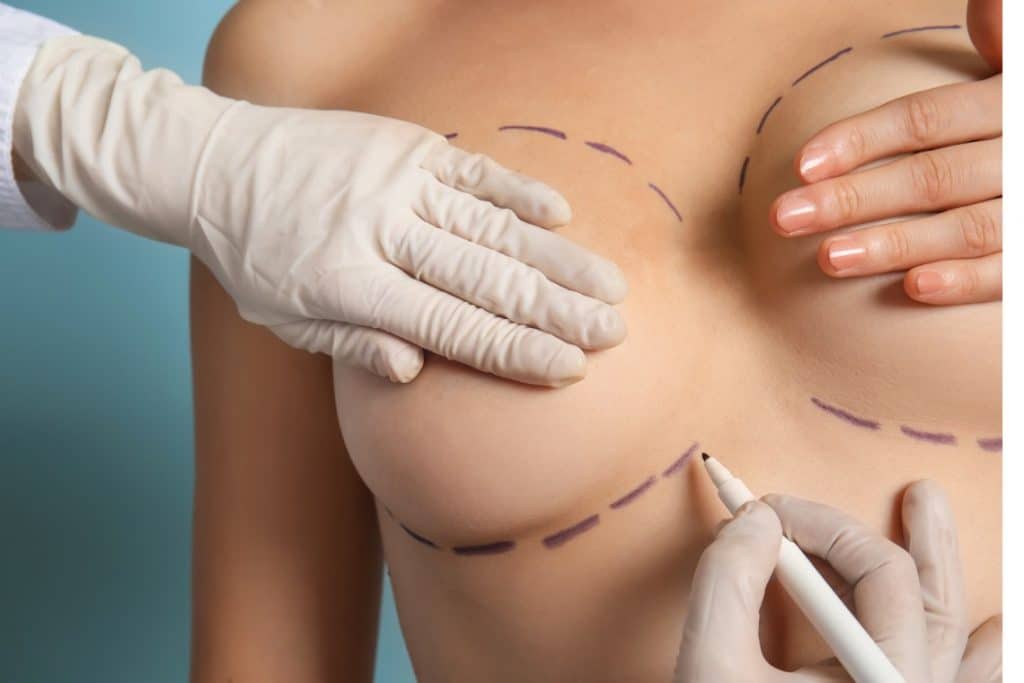
Understanding The Golden Ratio In Breast Drawing
The Golden Ratio is a mathematical concept that has been used in various art forms, including drawing. Applying the Golden Ratio to breast drawing can help create aesthetically pleasing and balanced sketches. Here’s how you can apply the Golden Ratio to your breast drawings:
- The Golden Ratio suggests dividing the height of the breast into two unequal parts: The upper part should be around 38% of the total size, while the lower part should be approximately 62%.
- When drawing the breast, the nipple should ideally be positioned at the intersection of the upper and lower parts.
- The shape of the breast can also follow the Golden Ratio, with the wider part being approximately 1.6 times wider than the narrower part.
Balancing the Size and Placement of Breasts Concerning the Body
In addition to understanding the ideal proportions of breasts, it’s essential to consider the overall balance and placement concerning the rest of the body. Here are a few tips to help you achieve this:
- The size and shape of the breasts should be consistent with the overall physique and body type. A petite body may have smaller and less rounded breasts, while a curvier one may have more prominent breasts.
- Consider the subject’s posture and stance when determining the breasts’ placement. Breasts may appear higher or lower depending on whether the issue is standing upright or relaxed.
- Consider the surrounding anatomy, such as the ribcage and shoulders, to ensure that the breasts integrate seamlessly with the rest of the body.
Remember, practice makes perfect when it comes to drawing realistic breasts. By understanding ideal proportions, the Golden Ratio, and balancing size and placement, you’ll be on your way to creating more accurate and lifelike breast sketches. Happy drawing!
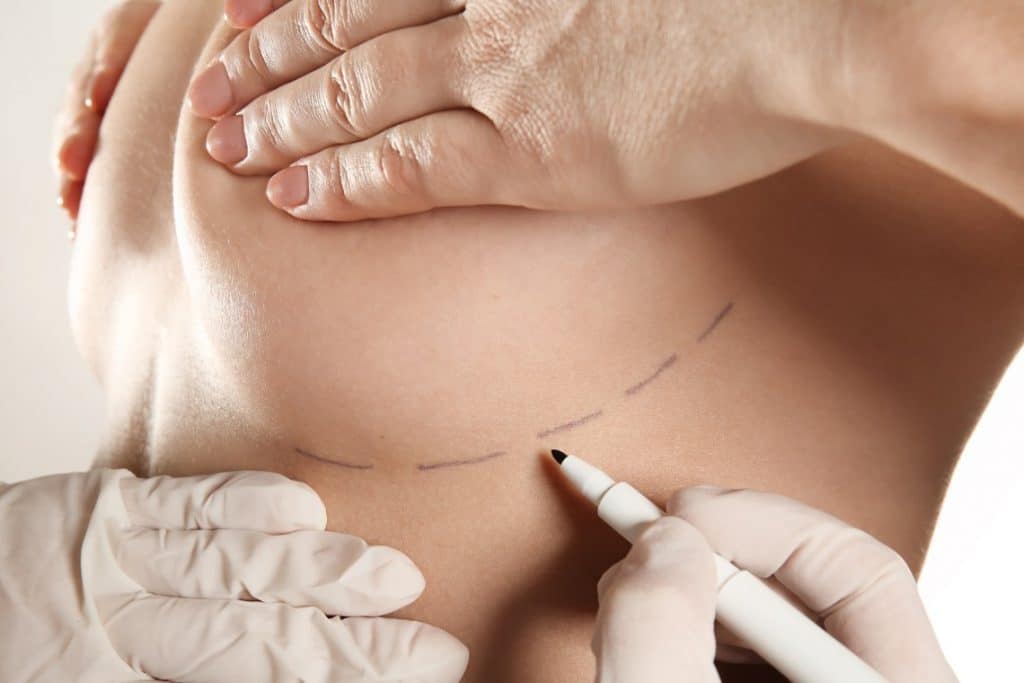
Mastering The Shading Techniques For Depth And Realism
Immerse yourself in the art of drawing with depth and realism by mastering the shading techniques needed to depict breasts accurately. This guide will teach you how to create lifelike representations through careful shading and attention to detail.
Mastering shading techniques is crucial to create a realistic and lifelike drawing of breasts. How light and shadow interact on the surface of the breasts can add depth and realism to your sketches. By understanding the importance of light and shadow, you can enhance the volume and contours of the breasts and create realistic textures.
This section will explore the techniques to achieve this level of detail.
The Importance Of Light And Shadow In Breast Sketching:
- Light and shadow are vital in creating depth and dimension in your breast sketches.
- Light sources, such as natural or artificial light, can create various highlights and shadows on the breasts.
- Shadows help define the curvature and form of the breasts, making them appear more realistic and three-dimensional.
- The placement and intensity of light sources can significantly impact the overall appearance of the breasts.
Creating Realistic Textures With Blending And Hatching:
- Blending and hatching techniques are crucial for achieving realistic textures in your breast sketches.
- Blending involves smoothly transitioning different shades of colour to create a soft and realistic surface.
- Hatching, however, involves using parallel lines or crosshatching to create texture and depth in your sketches.
- By combining these techniques, you can mimic the softness and texture of breast skin, making your drawings more lifelike.
Enhancing Volume And Contours Through Shading Techniques:
- Shading is essential for adding volume and contours to your breast sketches.
- By understanding the anatomy of the breasts and how light interacts with curved surfaces, you can strategically apply shading to emphasize volume and contours.
- Gradual shading can create a sense of depth and make the breasts appear rounder and fuller.
- Paying attention to the transitions between light and shadow will help you accurately depict the contours and curves of the breasts.
Remember, mastering shading techniques takes practice and experimentation. Feel free to explore different approaches and styles to find what works best for your artistic vision. With dedication and attention to detail, you can create stunning breast sketches that are both realistic and visually captivating.
How to Draw Breasts

Capturing The Details
This informative guide provides step-by-step instructions on drawing realistic breasts, focusing on capturing essential details. This resource is designed to help artists create accurate and lifelike drawings from proportions to shading techniques.
When drawing breasts, capturing the details is crucial to achieving a realistic depiction. Here are some tips to help you enhance your drawings:
Drawing The Areola And Nipple Realistically:
- Pay attention to the shape and size of the areola. It is not always a perfect circle but can have variations.
- Begin by lightly sketching the basic shape of the areola, keeping it proportional to the breast size.
- Gradually add shading to create depth and dimension. Remember that the areola tends to be slightly darker than the surrounding skin.
- For the nipple, start with a small, rounded shape at the centre of the areola. Add subtle shading to give it a three-dimensional appearance.
- Please focus on the skin’s texture around the areola and nipple, making it appear slightly raised and bumpy.
Depicting Variations In Skin Color And Texture:
- Skin colour varies among individuals, so observe and capture the different tones accurately.
- Begin by laying down a base colour that matches the overall skin tone, then gradually add layers of shading to create depth and realism.
- Use a combination of hatching, crosshatching, and blending techniques to simulate the skin’s texture.
- Pay attention to areas where the breasts may have more prominent veins. Add delicate lines to represent these veins, keeping them subtle yet visible.
Adding Veins, Stretch Marks, And Imperfections For Authenticity:
- Veins are a natural part of the breast’s anatomy and can add a touch of realism to your drawing. Keep them soft and subtle, following the contours of the breast.
- To create the appearance of stretch marks, draw thin, slightly curved lines along the direction of the skin’s tension. Avoid making them too uniform or symmetrical.
- Imperfections, such as minor blemishes or birthmarks, can contribute to the authenticity of your drawing. Add them sparingly and with attention to detail.
- Remember that realism often lies in the subtle details. Observing and replicating these variations in your drawings can elevate the authenticity and overall effect.
Remember to practice drawing from life, using references, and experimenting with different techniques to improve your skills. Capturing the details is a process that requires patience and observation. By incorporating these tips, your drawings of breasts will become more lifelike and engaging.
Adding Depth And Volume To The Breasts
Learn how to draw realistic breasts with depth and volume, bringing your artwork to life. Discover techniques and tips for adding dimension to your drawings in this comprehensive guide.
Enhancing the three-dimensionality of breasts is essential when drawing realistic figures. By following these techniques, you can create the illusion of weight and bounce while incorporating underlying muscle and fat anatomy. Let’s explore how to add depth and volume to the breasts:

Creating The Illusion Of Weight And Bounce:
- Start by sketching the basic shape of the breasts, keeping in mind their weight and how they interact with gravity.
- Depict the breasts as organic forms, avoiding sharp lines and angles that make them appear unnatural.
- Consider the position and pose of the figure to determine the direction of gravity and how it affects the breasts.
- Emphasize the weight by subtly elongating the lower portion of the breasts, giving the impression of realistic sagging.
- Incorporate subtle stretches and compressions within the breasts to convey the effect of gravity on the surrounding tissues.
Incorporating The Anatomy Of Underlying Muscle And Fat:
- Study the underlying anatomy of the breasts, including the pectoral muscles and fatty tissues, to accurately represent their structure and volume.
- Use simple indications or light shading to highlight the presence of the pectoral muscles beneath the breasts.
- Understand how fat distribution varies among individuals, which can impact the shape and volume of the breasts.
- Pay attention to the interplay between muscle and fat, as this contributes to the overall appearance of the breasts.
- Balance the distribution of fat to create a realistic depiction of the breasts’ softness while considering the individual’s body type.
Using Shading Techniques To Enhance Three-Dimensionality:
- Utilize shading to create the illusion of depth and volume within the breasts.
- Start by identifying the primary light source and the resulting areas of highlight and shadow.
- Gradually build up shading by using hatching, crosshatching, or stippling techniques to add texture and volume to the breasts.
- Focus on creating smooth transitions between light and shadow, avoiding harsh lines.
- Experiment with different levels of shading intensity to achieve varying degrees of realism.
Incorporating these techniques can bring depth and volume to your breast drawings, creating more lifelike and three-dimensional figures. Remember to observe and understand the anatomy, use shading effectively, and consider the influence of gravity to achieve realistic results.
Practice and experimentation are key, so keep honing your skills and have fun with your drawings!
Creating Realistic Clothing And Supportive Elements
Learn to draw realistic breasts and create supportive elements in your clothing designs. Discover techniques for adding depth and dimension, ensuring your illustrations are accurate and true to life. Mastering this skill will enhance the authenticity and overall quality of your artwork.
Incorporating bras, bralettes, and lingerie in breast sketches:
How to Draw Breasts

- Bras play a significant role in supporting and shaping breasts. They can be depicted in breast sketches to enhance realism.
- Bralettes, a trendy and comfortable alternative to bras, can also be included in breast drawings for a more casual and laid-back feel.
- With its delicate and intricate designs, lingerie can add sensuality and elegance to breast illustrations.
Depicting how different fabrics interact with breasts:
- Fabrics like cotton, silk, and lace have distinct textures that interact with breasts differently in drawings. Understanding this interaction can help in creating authentic and realistic sketches.
- Cotton fabric, with its smooth and breathable nature, can be shown moulding gently against the breasts’ contours.
- Silk, known for its luxurious feel, can be portrayed as draping elegantly over the breasts, emphasizing their shape and movement.
- With its intricate patterns, lace can be depicted delicately wrapping around the breasts, adding a touch of femininity and detailing to the sketches.
Understanding folds and creases caused by clothing and gravity:
- Clothing and gravity can lead to folds and creases on fabrics that interact with the breasts. Capturing these details is crucial for achieving lifelike drawings.
- Fabrics like satin and chiffon create graceful and flowing folds when draped over the breasts. These folds follow the natural curves and movement of the breasts.
- Heavier fabrics like denim or wool may create more pronounced and structured folds, adding texture and depth to the sketches.
- Gravity affects clothing and breasts differently, causing folds to form under the breasts and around the sides. By considering the influence of gravity, realistic sketches can be produced.
Incorporating supportive elements like bras and different fabrics can add depth and authenticity to breast sketches. Understanding how clothing interacts with gravity and the unique folds it creates can take illustrations to a whole new level of realism.
Portraying Natural Body Movements
Learn how to draw natural body movements, including the portrayal of breasts, with our easy-to-follow guide. Master capturing realistic and dynamic poses to bring your artwork to life. Start creating vibrant and authentic illustrations today.
Capturing Breasts In Different Positions And Angles
Understanding how to draw breasts in different positions and angles is crucial for portraying natural body movements in your artwork. Here are some key points to keep in mind:
- Side View: When drawing breasts from the side, remember they are 3-dimensional and round. Start by sketching the basic form as an oval or circle, then add the details based on the position and angle of the body.
- Front View: Drawing breasts from the front requires attention to symmetry. Begin with a rounded shape for each breast, and maintain proportion and balance. Compare the placement and shape to reference images or observations for a realistic representation.
- Three-Quarter View: This angle can be more challenging as it combines side and front view elements. Again, start with a general shape and consider how the breasts look from different perspectives. Pay attention to the positioning and foreshortening, adjusting as necessary to achieve a natural appearance.
Remember, practice makes perfect, so experiment with various positions, angles, and reference images to improve your skills in capturing breasts realistically.
Understanding How Breasts Move During Different Activities
To accurately convey natural body movements in your artwork, it’s essential to understand how breasts move during different activities. Here are a few crucial points to consider:
- Resting Position: When a person is standing or sitting upright, the breasts usually have a more neutral position, with minimal movement.
- Walking or Running: The breasts may bounce or sway during walking or running. Remember that the degree of movement depends on factors such as breast size, support from clothing, and overall physical activity.
- Jumping or Exercising: Activities involving more intense movements, such as jumping or exercising, can cause more noticeable breast movement. Consider capturing this motion by adding dynamic lines or shading to suggest the effect of gravity or momentum.
To portray realistic breast movement, it’s helpful to observe real-life situations or reference photos, paying attention to how breasts shift and respond to various activities.

Conveying Realistic Motion And Dynamic Scenes
When it comes to portraying realistic motion and dynamic scenes involving breasts, it’s essential to pay attention to both the overall action of the body and the specific movement of the breasts. Here are a few tips to help you achieve a lifelike representation:
- Action Lines: Incorporate action lines or directional brushstrokes to emphasize movement and add energy to your artwork. These lines can follow the trajectory of the body and breasts, enhancing the dynamic feel of the scene.
- Fabric and Clothing: Consider how the movement of cloth and clothing interacts with the breasts. Capturing the folds and drapes of material can help enhance the perception of motion and realism.
- Body Language: Remember that body language is crucial in conveying motion. Pay attention to the overall posture, positioning of limbs, and facial expressions to create a cohesive scene that tells a story.
Combining these techniques with your observation skills and artistic style allows you to create compelling and realistic depictions of dynamic scenes involving breasts.
Mastering drawing breasts and natural body movements requires practice and continuous learning. Experiment with techniques, reference materials, and approaches to develop your unique artistic style.
Adding Personality And Individuality
This guide offers valuable tips on adding personality and individuality to your breast drawings, helping you create unique and realistic representations. Gain insight into capturing the distinctive details that make each breast different, and infuse your artwork with character.
Emphasizing The Unique Attributes Of Each Person’s Breasts:

Every person’s body is unique, and this includes their breasts. When drawing breasts, it’s essential to capture the individuality and personality of each subject. Here are some key points to consider:
- Size and Shape: Breasts come in various sizes and shapes. Some may be small and round, while others are more voluptuous or asymmetrical. Pay attention to these variations and adapt your sketches accordingly.
- Nipple Position: The position and size of the nipples can vary from person to person. While some have nipples that are centered, others may have them positioned higher or lower on their breasts. Be aware of these differences and make sure to depict them accurately.
- Areola Size and Color: The size and colour of the areolas, the pigmented area around the nipples, can also differ greatly. Some people have larger areolas, while others have smaller ones. Additionally, the colour can range from light pink to dark brown. Take note of these variations in your drawings.
Remember, the goal is to celebrate diversity and portray the uniqueness of each individual.
Depicting The Effects Of Age, Pregnancy, And Breastfeeding:
Age, pregnancy, and breastfeeding can all impact the appearance of breasts. When creating breast sketches, it’s essential to consider these effects:
- Ageing: As individuals age, breasts naturally go through changes. They may lose firmness and elasticity, leading to sagging. Wrinkles and stretch marks can also develop. Depicting these signs of ageing in your drawings adds realism and authenticity.
- Pregnancy: During pregnancy, breasts often increase in size and become fuller. The areolas may darken, and the veins in the breasts may become more prominent. Capturing these changes in your sketches can help portray the effects of pregnancy on breasts.
- Breastfeeding: Breastfeeding can further affect the appearance of breasts. They may become larger and more engorged during lactation. Nipples can also change in shape and size due to breastfeeding. Incorporating these changes in your drawings can accurately depict the postpartum breast.
Consider using shading techniques and subtle details to convey the effects of age, pregnancy, and breastfeeding in your sketches.
Considering Cultural And Personal Preferences In Breast Sketches:
Cultural and personal preferences significantly influence how individuals perceive and depict breasts. When drawing breasts, it’s essential to respect these preferences and create sketches that align with the subject’s cultural and personal background. Here are some points to keep in mind:
- Cultural Variations: Different cultures have varying perceptions of the ideal breast shape, size, and appearance. Research and understand these cultural variations to ensure your sketches align with the cultural norms and sensitivities of your subject.
- Personal Choices: Each individual may have personal preferences regarding how they want their breasts represented. Some may feel more comfortable with a particular size or shape, while others may prefer a natural or enhanced look. Communication with the subject is crucial in capturing their desired portrayal.
By considering cultural and personal preferences, you can create breast sketches that are respectful, inclusive, and reflective of the subject’s unique identity.
Remember, the goal is to create drawings that celebrate breasts’ diversity, natural changes, and personal preferences.
How to Draw Breasts

Frequently Asked Questions For How To Draw Breasts
How Do You Draw A Woman’s Chest?
To draw a woman’s chest:
- Start by sketching two curved lines to represent the outline.
- Add details such as the collarbone and breasts, ensuring proper proportions and symmetry.
- Refine the drawing with shading and highlighting for a realistic effect.
How Do You Draw A Human Breast?
To draw a human breast, start by sketching the basic shape and contour using gentle curves. Add details like the nipple, shadows, and shading for a realistic look.
What Do Breasts Feel Like?
Breasts feel soft or firm, depending on the person. They may vary in size, shape, and sensitivity.
How Do You Draw a Chested Woman?
To draw a flat-chested woman, use minimal curves and lines to depict a flatter chest area.
The bottom line of How to Draw Breasts
Drawing breasts can be a complex and sensitive subject matter, but with the proper guidance and practice, anyone can improve their skills in attracting this part of the human body. You can create realistic and visually appealing representations by understanding the basic anatomy, proportions, and shading techniques.
Remember to approach this topic respectfully and sensitively, focusing on the artistic aspects rather than objectifying or sexualizing. Practice and observation are key in mastering the art of drawing breasts, just like any other aspect of figure drawing. You can create beautiful and meaningful representations of the human form by incorporating these techniques into your artwork and continuously learning.
How to Draw Breasts



